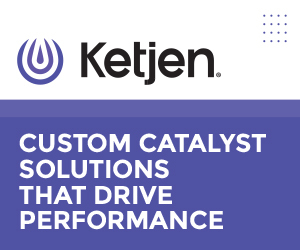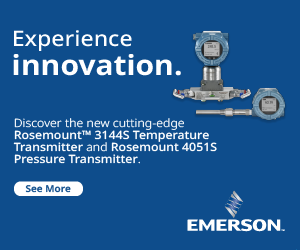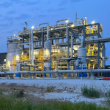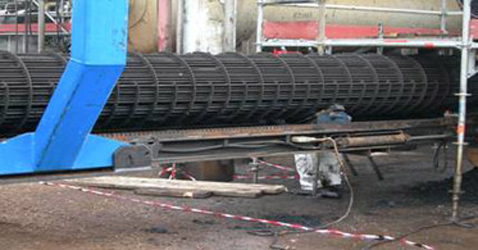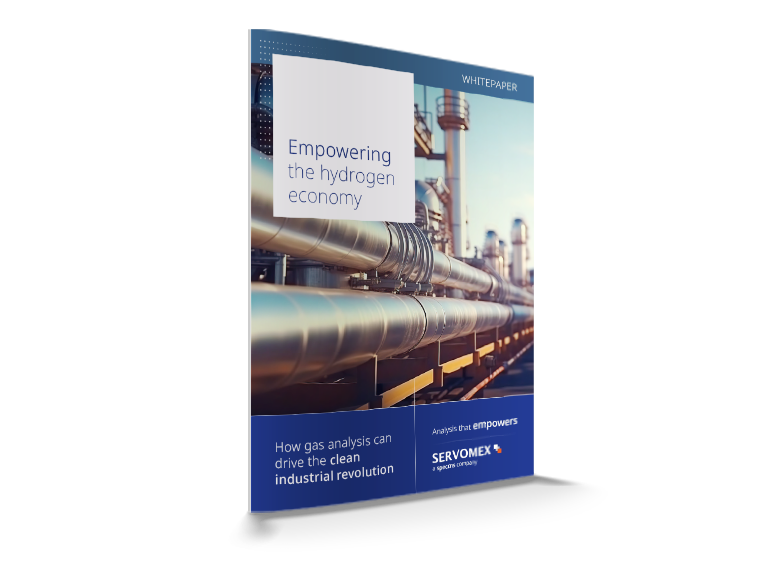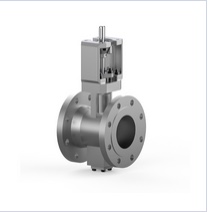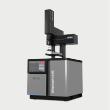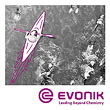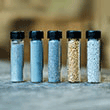Jul-2015
Revamp of a reciprocating compressor unit
A step-by-step guide to the revamp of a reciprocating compressor unit to meet increased hydrogen throughput
ANDREAS HAHN
Neuman & Esser
Viewed : 8033
Article Summary
New or expanded process requirements lead to adaptations for compressors. Reciprocating compressors are always ‘tailor made’ for the original operating conditions and capacity. Since processes and/or product specifications have to meet changes in operating conditions, it makes sense to verify existing compressor equipment to see if it is possible to modify or revamp it accordingly.
A reciprocating compressor is designed for a long lifetime. Revamping offers the possibility to use an original investment for changing process requirements and the means to do this is described here.
Current European legislation requires that significant compressor modifications follow the appropriate directives as well as ATEX rules for hazardous installations. The procedures for an ATEX declaration are presented, to demonstrate the investigations required for compressors and accessories. Depending on the kind of modification, the installation of a revamp and the operation of such modified equipment is allowed only with a valid original equipment manufacturer’s declaration according to a machine directive and ATEX.
In 2003 Neuman & Esser (NEA) Group delivered a reciprocating compressor, unit size 2 SZL 320H, to a refinery in Eastern Europe for a desulphurisation process compressing hydrogen from 28 bar suction to 85 bar discharge pressure. The reciprocating compressor is a two-crank, horizontal, two- cylinder, double acting, lubricated service machine (see Figure 1). It has a nominal allowable rod load of 530 kN.
The compressor is direct driven by an electric motor rigidly coupled, with a nominal drive power of 1700 kW. The original design capacity was 33 000 Nm³/h at a suction temperature of -5°C.
NEA’s scope for the compressor unit included pulsation vessels (suction and discharge side for each stage), interstage cooler, and interstage separator up to the check valve of the last stage.
After five years of compressor operation, demand for hydrogen gas increased due to clean fuels requirements.
An engineering contractor was assigned to prepare detailed specifications based on the new operating conditions and to find the best solution to meet them. The job’s definition was to reach the required capacities even at worst operating conditions.
Verification of compressor feasibility
As-built and pre-check
First of all, the existing reciprocating compressor was recalculated according to the original specification, using a compressor design tool. This verified that the compressor fulfilled the designated process conditions without deviations, to avoid general mechanical or performance problems. The main characteristics of the compressor –dimensions, materials weights and loads – were checked as the basis for further calculations.
Next, a calculation was carried out to check the new operating conditions against the existing compressor design. This showed that the capacity required for new operating conditions could not be reached with the existing compressor. This led to a pre-check in order to see if an adaptation of the compressor for the new operating conditions was possible. The compressor itself would have to be modified, as well as the accessory equipment.
A positive pre-check result meant that there were one or more technically feasible opportunities to match the requirements. There were various possibilities to increase the capacity: by compressor speed, by compressor stroke, and by cylinder bore.
Preparation of bid
The detailed verification of a compressor revamp is done in the form of an engineering study. In addition to the job specifications, compressor characteristics and details have to be checked based on existing documentation. The accessories also need to be checked for the new application. To optimise the revamp solution and to prepare a revamp proposal, different possibilities have to be evaluated that will finally result in a tailor made, technically safe and economically responsible solution.
Feasibility study and revamp possibilities Evaluation matrix
To fulfill requirements, the best modification option has to be evaluated. All sorts of technically feasible possibilities are selected and prepared in an evaluation matrix (see Table 1). The matrix shows on one side the different technical solutions for the compressor revamp and on the other side different project features. According to the customer’s ideas, the project features are benchmarked with different quantifiers on a scale 1-10. Position by position, the revamp possibilities are evaluated by multiplying the quantifier of each project feature by the evaluation factor (ok-better-best) of the technical revamp possibility. So in the end, by scoring the most points, the best solution for a revamp is obtained.
According to the scoring, the optimum revamp solution can be selected and used for the following detailed verification.
Thermodynamics and compressor calculations
Detailed verification starts by implementing the specific compressor details regarding loads, dimensions and weights into NEA’s compressor design tool KO³ (Kompressor-Optimierung Version 3). According to internal upgrades of different compressors, the year of construction is essential for the layout and the allowable loads. For non-NEA compressors, a similar NEA compressor size is selected. The load limits for the existing compressor have to be adjusted and the main characters for the existing compressor have to be cross-checked and adapted.
The new case data for future operation have to be added to the calculation software. To run the thermodynamic calculation, the gas analysis, suction pressure, suction temperature, discharge pressure and required capacity must be known for each process or case.
To match the required capacity, it is necessary to vary the compressor design figures according to the selected revamp option. To increase the capacity of a reciprocating compressor, in principle the following possibilities are generally possible, but have to be evaluated according to actual compressor feasibilities.
• Possibility 1: increase suction pressure Suction pressure could not be increased due to process conditions.
• Possibility 2: increase speed Because of the direct coupled drive, the next asynchronous motor speed was not feasible, since the allowable medium piston speed was exceeded. Also, a speed increase always means a risk of vibration and additional loads on foundations.
• Possibility 3: increase cylinder diameter Due to the operating conditions and allowable rod loads, it was not possible to increase the cylinder diameter because the rod loads would be exceeded.
• Possibility 4: increase compressor stroke Stroke increase is possible due to the design of the driving mechanism, without modifying the cylinder diameters.
• Possibility 5: a combination of alternatives In view of the required capacity, it is enough simply to increase the compressor stroke. A combination of various alternatives would simply increase costs.
• Possibility 6: installation of an additional compressor in parallel There was no additional space to install another compressor.
Add your rating:
Current Rating: 4


